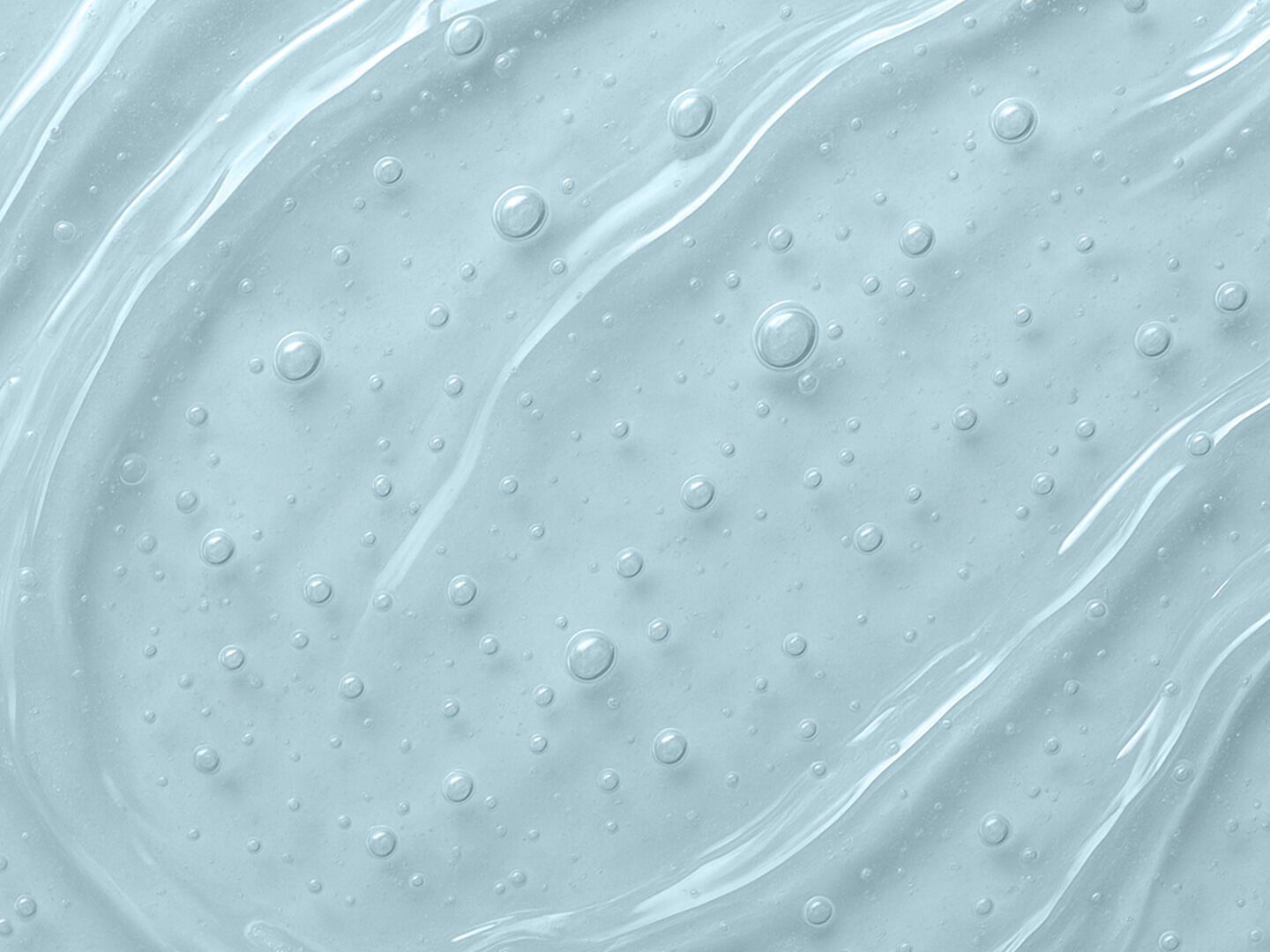Mandelic Acid for Skin
Derived from bitter almonds, this alpha hydroxy acid (AHA) is gaining popularity for one key reason: it works gently, but effectively. Mandelic acid works slowly, penetrating the skin at a slower rate, making it ideal for sensitive skin or even those just starting out with chemical exfoliants. Learn more about what mandelic acid is, how it compares to other acids, and what it can do for your skin.
What is Mandelic Acid?
Mandelic acid (also known as almond acid or amygdalic acid) is one of the lesser-known but widely respected AHAs in the skincare world. What sets it apart is its larger molecular structure, which allows it to absorb more slowly into the skin. This slow penetration is exactly what makes it gentler and ideal for sensitive skin types.
Chemically, mandelic acid is derived from bitter almonds and offers exfoliating benefits. It works by dissolving the glue-like bonds that hold dead skin cells together on the surface, helping them slough off more easily. The result? Brighter, smoother, and more even skin over time.
Because mandelic acid is suitable for use on a variety of skin types, one of the biggest reasons for mandelic acid’s rise in popularity is its compatibility with sensitive skin. Its slow penetration rate makes it a great choice if your skin doesn’t tolerate stronger acids. Mandelic acid hits a middle ground—mild enough for daily use, but powerful enough to make a visible difference in skin clarity and tone.

Mandelic Acid Benefits for Skin
Mandelic acid is a multitasker, offering a range of skin benefits that go beyond just exfoliation.
- Exfoliates gently lifting away dead skin cells that can clog pores and cause dullness, leaving skin smoother and brighter.
- Boosts cell turnover, boosting your skin’s natural renewal process, encouraging fresh, new cells to rise to the surface.
- Fights acne thanks to its antibacterial properties that help reduce breakouts and inflammation.
- Mandelic acid also has antimicrobial properties, helping reduce acne-causing bacteria and supporting clearer skin.
These actions combine to address multiple concerns at once—texture, tone, acne, and even early signs of aging like fine lines and loss of elasticity.
What are Some Additional Benefits of Mandelic Acid?
Mandelic acid sloughs away the dead, rough top layer of skin, leaving behind a smoother, softer texture. It’s especially helpful for those experiencing patchy skin or post-acne roughness.
Mandelic acid is a favorite among dermatologists for hyperpigmentation and uneven skin tone because it gently speeds up cell turnover, helping to fade discoloration for more luminous complexion.
These two compounds may be less talked about, but they play crucial roles in hydration, regeneration, and antioxidant defense. Asiatic acid is known for supporting cell turnover and wound healing, while madecassic acid helps reduce irritation and protect the skin from oxidative stress. Together, they help strengthen skin over time, offering visible improvements in resilience and texture.
Mandelic acid’s antibacterial properties make it particularly effective at targeting acne-causing bacteria. It exfoliates inside the pore lining, preventing clogged pores that lead to breakouts. It also reduces redness and swelling from existing blemishes.
How to use Mandelic Acid
Incorporating mandelic acid into your skincare routine doesn’t have to be intimidating—but like with any ingredient, the key is to go slow, steady, and consistent. This AHA may be gentle, but it still works hard within the surface of the skin so you want to give your skin time to adjust and respond. When using mandelic acid use a broad-spectrum SPF to protect your skin from the sun's UV rays during the daytime and at night, support your skin barrier by using a hydrating moisturizer.
















